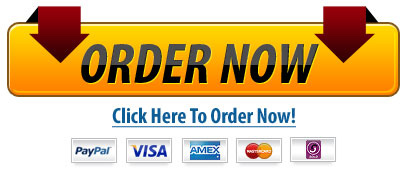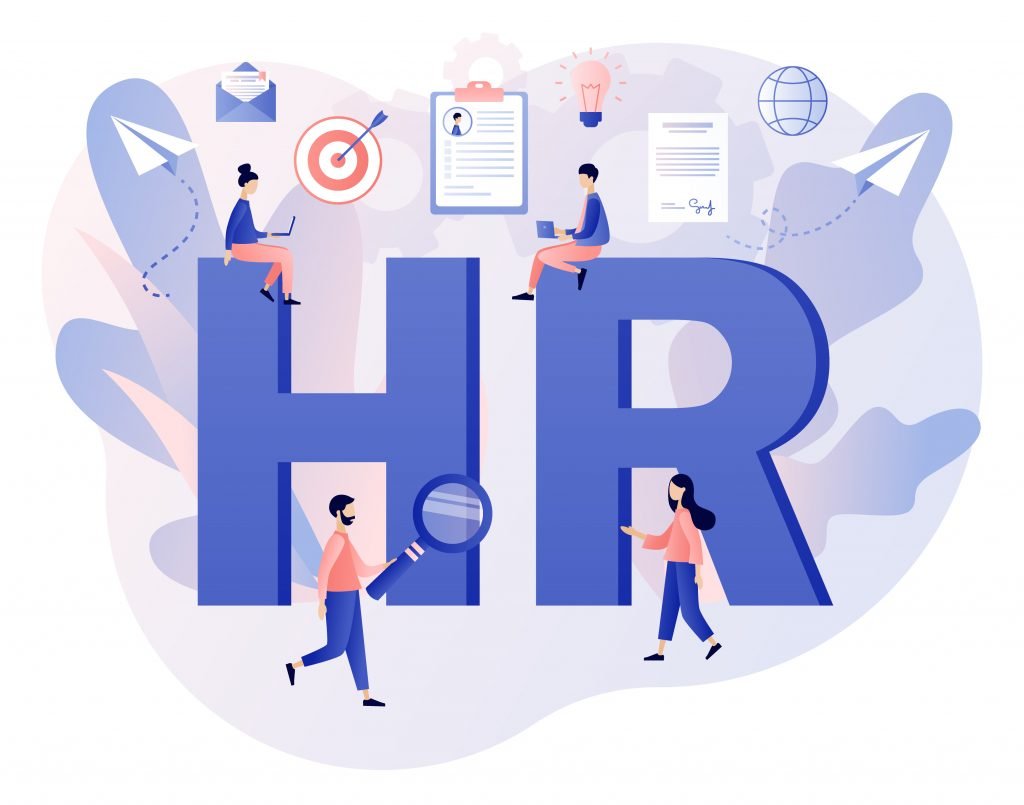Strategic Management Concepts Assessment
Strategic Management Concepts Assessment
(Strategic Management Concepts Assessment)
Question 1 2.5 / 2.5 points
Which of the following is NOT one of Miles and Snow’s adaptive strategies?
Question options:
Defender
Prospector
Cost leader
Analyzer
Question 2 2.5 / 2.5 points
In Porter’s cost leadership strategy, the main goal of the cost leader is to have the lowest ________ in the industry.
Question options:
profits
prices
costs
products
Question 3 2.5 / 2.5 points
________ refer(s) to the process of creating and providing goods and services.
Question options:
Marketing
Production-operations
High-performance work practices
Information system
Question 4 2.5 / 2.5 points
If Mr. Carol wanted to introduce high-performance work practices in his organization, which of the following practices would he adopt?
Question options:
Centralized decision making
Fixed job assignments
Limited communication
Self-managed work teams
(Strategic Management Concepts Assessment)
Question 5 2.5 / 2.5 points
When an organization competes by providing unique products with features that customers value, perceive as different, and are willing to pay a premium price for, it is using a strategy of:
Question options:
cost leadership.
focus.
differentiation.
niche.
Question 6 2.5 / 2.5 points
Which of the following is a possible production-operations management strategy?
Question options:
Selective specialization
Inventory management systems
User positioning
Market logistics
Question 7 2.5 / 2.5 points
The ________ point(s) to the strategic issues organizational decision makers need to address in their pursuit of sustainable competitive advantage and high levels of performance.
Question options:
portfolio analysis
distinctive capabilities
strengths
SWOT analysis
Question 8 2.5 / 2.5 points
The ________ works hard to establish brand loyalty.
Question options:
differentiator
cost leader
defender
reactor
Question 9 2.5 / 2.5 points
The marketing mix is commonly known as the
Question options:
4Ps
5Ps
7Ss
4Ss
(Strategic Management Concepts Assessment)
Question 10 2.5 / 2.5 points
The role of top-level decision makers in the strategic management process is to:
Question options:
establish the overall operational goals.
develop the overall goal that the organization hopes to achieve.
establish functional strategies.
supervise line managers.
Question 11 2.5 / 2.5 points
________ is when organizations battle or vie for some desired object or outcome.
Question options:
Competition
Strategy
Goal
Objective
Question 12 2.5 / 2.5 points
Francesca has had a higher than desirable level of server turnover in her restaurant. She decided that she needs to pay better attention to which strategies?
Question options:
Marketing
Human resources
Information
Financial-accounting
Question 13 2.5 / 2.5 points
The ________ strategy is one in which an organization continually innovates by finding and exploiting new product and market opportunities.
Question options:
prospector
defender
analyzer
reactor
(Strategic Management Concepts Assessment)
Question 14 2.5 / 2.5 points
Which of the following is included under the product functional strategies?
Question options:
Supervision
Management
Marketing
Leadership
Question 15 2.5 / 2.5 points
When a company builds a profitable business by “stealing” ideas from other successful peers, it is following a(n) ________ strategy.
Question options:
prospector
defender
analyzer
reactor
Question 16 2.5 / 2.5 points
Designing which of the following systems involves making sure we have the information we need, when the information is needed, and in the form needed?
Question options:
Marketing
Human resources
Information
Financial-accounting
(Strategic Management Concepts Assessment)
Question 17 2.5 / 2.5 points
One of the two strategic decisions most associated with the organization’s information system is:
Question options:
optimum equity mix.
creating an approved vendor list.
selecting the correct marketing mix.
the choice of system technology.
Question 18 2.5 / 2.5 points
One factor that would lead to high-performance work practices is
Question options:
using contingent pay.
forming problem-solving groups.
conducting attitude surveys.
All of the answer choices are correct.
Question 19 2.5 / 2.5 points
Product design strategies typically involve an organization’s ________ functional area.
Question options:
finance
R&D
accounting
HR
Question 20 2.5 / 2.5 points
The ________ strategy is one in which an organization continually innovates by finding and exploiting new product and market opportunities.
Question options:
prospector
defender
analyzer
reactor
Online Exam 7
Question 21 2.5 / 2.5 points
Efficiency is:
Question options:
the organization’s ability to complete or reach goals.
a specific measure, typically used in the production-operations-manufacturing area, of how many inputs it took to produce outputs.
the ability of the organization to minimize the use of resources in achieving organizational goals.
the search for the best practices from other leading organizations.
(Strategic Management Concepts Assessment)
Question 22 2.5 / 2.5 points
One of the risks associated with a horizontal integration strategy is:
Question options:
a potential violation of antitrust laws.
exponential growth.
increased market exposure.
increase in sales.
Question 23 2.5 / 2.5 points
The types of renewal strategies include:
Question options:
retrenchment strategy.
turnaround strategy.
diversification strategy.
retrenchment and turnaround strategies.
Question 24 2.5 / 2.5 points
The ________ strategy is one in which the organization maintains its current size and current level of business operations.
Question options:
stability
concentration
diversification
backward integration
Question 25 2.5 / 2.5 points
Examples of portfolio analyses include:
Question options:
the BCG matrix.
the McKinsey-GE stoplight matrix.
the product-market evolution matrix.
All of the answer choices are correct.
Question 26 2.5 / 2.5 points
Diversifying into a completely different industry from the organization’s current operations is referred to as:
Question options:
concentric diversification.
vertical diversification.
conglomerate diversification.
horizontal diversification.
(Strategic Management Concepts Assessment)
Question 27 2.5 / 2.5 points
One of the major disadvantages of the McKinsey matrix is that of:
Question options:
simplicity.
uniqueness.
subjectivity.
All of the answer choices are correct.
Question 28 2.5 / 2.5 points
Related diversification is ________ unrelated diversification.
Question options:
less effective than
more effective than
just as effective as
less profitable than
Question 29 2.5 / 2.5 points
A business unit with low relative market share and low industry growth rate is referred to as a:
Question options:
dog.
cash cow.
cat.
question mark.
Question 30 0 / 2.5 points
All of the following are reflective of restructuring efforts except:
Question options:
spin-off.
liquidation.
reengineering.
cost cutting.
Question 31 2.5 / 2.5 points
The _______ strategy establishes the overall direction that the organization hopes to go.
Question options:
business
functional
corporate
competitive
Question 32 2.5 / 2.5 points
The main causes of corporate performance include all the following except:
Question options:
inadequate financial controls.
uncontrollable costs or too high costs.
new competitors.
underexpansion or too slow growth.
Question 33 2.5 / 2.5 points
A concentration strategy:
Question options:
does not enable an organization to become very good at what it does.
cannot cause the organization to become vulnerable to industry and other external environmental shifts.
allows the firm to diversify into new industries.
is a growth strategy in which the organization concentrates on its primary line of business and looks for ways to meet its growth objectives through expanding its activities or operations in its core business.
(Strategic Management Concepts Assessment)
Question 34 2.5 / 2.5 points
________ are usually “friendly.”
Question options:
Mergers
Acquisitions
Takeovers
Buyouts
Question 35 2.5 / 2.5 points
Developing different uses for a product is an example of a ________ concentration option.
Question options:
product-market diversification.
market development
product-market exploitation
product development
Question 36 2.5 / 2.5 points
Mr. Wilson is thinking about concentrating on his primary line of business, Italian furniture, and looking for ways to meet its growth goals by expanding its core business. Which of the below strategies is Mr. Wilson following here?
Question options:
International
Vertical integration
Diversification
Concentration
Question 37 2.5 / 2.5 points
Both the product-market evolution and McKinsey matrices have the disadvantage of:
Question options:
simplicity.
complexity.
individuality.
subjectivity.
(Strategic Management Concepts Assessment)
Question 38 2.5 / 2.5 points
Mr. Wilson, a successful importer of Italian furniture, is considering combining operations by exchanging stock with a competitor, Italian Delights, to create a new store, Supremo Italiano. Which of the following growth strategies is Mr. Wilson following here?
Question options:
Merger
Acquisition
Hostile takeover
Internal development
Question 39 2.5 / 2.5 points
Starting a business from the ground up is referred to as:
Question options:
product development.
market development.
strategic development.
internal development.
Question 40 2.5 / 2.5 points
A long-term contract is usually an agreement between:
Question options:
two organizations in the same industry.
an organization and its suppliers.
two organizations in unrelated industries.
a domestic and international organization.



